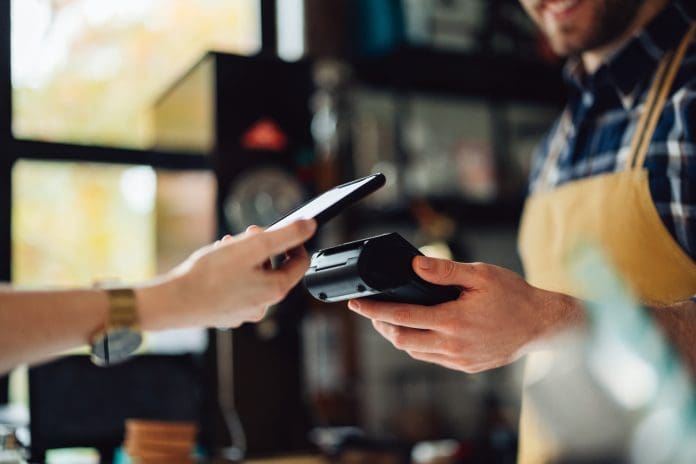About Access‘ Ian Streets explores the frictionless design trend sweeping retail and how some automated services risk excluding those who require additional assistance
For some it’s potentially the next retail revolution, eliminating cash and queues, freeing up time for customers to do other things – like buy more stuff! But as ever there’s another side to it, because frictionless design in retail doesn’t necessarily mean eliminating the frustration.
The idea is simple enough on the face of it. You scan your card as you go into the store you get the items you want to buy, and then you leave. You don’t have to queue to pay because there isn’t a checkout. If there isn’t an exit recording saying “thank you and have a nice day” it can only be because nobody has thought of it yet.
What could go wrong? Well, quite a bit really, and not just for someone who has an impairment. The absence of staff increases the importance of getting the design right.
Leaping forwards without addressing current needs
A presentation About Access viewed about the so-called “walk out technology” was positively gushing about the support which can be provided for operators of frictionless retail when it comes to installing the facilities where food and drink will be stocked – fridges, hot cases, drinks machines – and the security technology to monitor the customers.
But we didn’t see anything which explored the issues around how assistance can be provided to customers who need it. There will be a way, because at some point it will dawn on the developers that slow customers cost money, but at the moment that doesn’t seem to be a priority.
The operators of frictionless systems need to anticipate possible pitfalls, counter them with effective design and good information on how to use the facilities, and back that up with face to face support for people who need it.
The concept of a cashless only payment system can disadvantage all sorts of people who, for whatever reason, do not have a cashless means of paying. In addition people with learning difficulties may struggle with the whole concept of the operation, as it goes against the convention that items have to be paid for before leaving the store.
The absence of staff is another issue. Our understanding is they will be in the vicinity but not in the sales area. Instead they’ll be outside by the entrance gates and behind the scenes restocking shelves. That creates a problem for customers who need assistance to identify and select the right items.
Good layout and design are integral to maximising accessibility
Good design will ensure that shelving and counters are at a height which is helpful for wheelchair users and ambulant disabled people to reach the items they want independently, and BS8300 provides guidance on this. Pricing of items needs to be clear and easy to read.
Consideration should be given to the use of touch screens for food and drink dispensers and other facilities, because people with certain impairments will find these difficult or impossible to operate. A companion may be able to help them, which means allowing space within the design to accommodate two people alongside the dispensers. The service for hot food and drinks clearly needs to be safe for independent use by all customers.
In some stores we have also identified potential issues with the general layout and design. Arms on entrance gates need to be limited in length so the swing doesn’t obstruct the aisles, which themselves should have enough space for wheelchairs to turn through 90 degrees regardless of how rigidly any one-way system is enforced.
Surface finishes on counters, walls, floors and decorative features also need to be handled with care. Some styles can be an issue for people with limited vision as well as people with cognitive impairments or who are neurodivergent. Patterns should not be too busy, too geometric in design or with clashes from strong tonal contrast.
Frictionless design must not supercede the requirements of the Equality Act
It may be that the aim of the frictionless system is merely to lighten the load on the other retail facilities, remove congestion at pinch points and speed things up overall.
But however effective and sympathetic the design, we know from the experience of railway ticket machines that some customers will encounter issues, with any frustration being compounded by feeling apprehensive or even intimidated in what they see as a high-tech, unfamiliar environment.
The tried and tested way for overcoming such problems is to have some staff close to hand who have received disability confidence training and who can provide assistance as and when necessary. This should also satisfy the requirements under The Equality Act 2010 for reasonable adjustments to be made to prevent discrimination against disabled people.











![[VIDEO] Making DorTrak reports easy to read with Fireco Inspecting fire doors at Fireco, firedoor technology, 2023](https://www.pbctoday.co.uk/news/wp-content/uploads/2024/04/JPZ_2364-web-218x150.jpg)
![[VIDEO] Re-flow Field Management review by Traffic Management Installations When TMI began subcontracting for councils and government bodies, they wanted to present their site reporting in a more professional manner](https://www.pbctoday.co.uk/news/wp-content/uploads/2025/03/TMI-Media-1-218x150.png)

